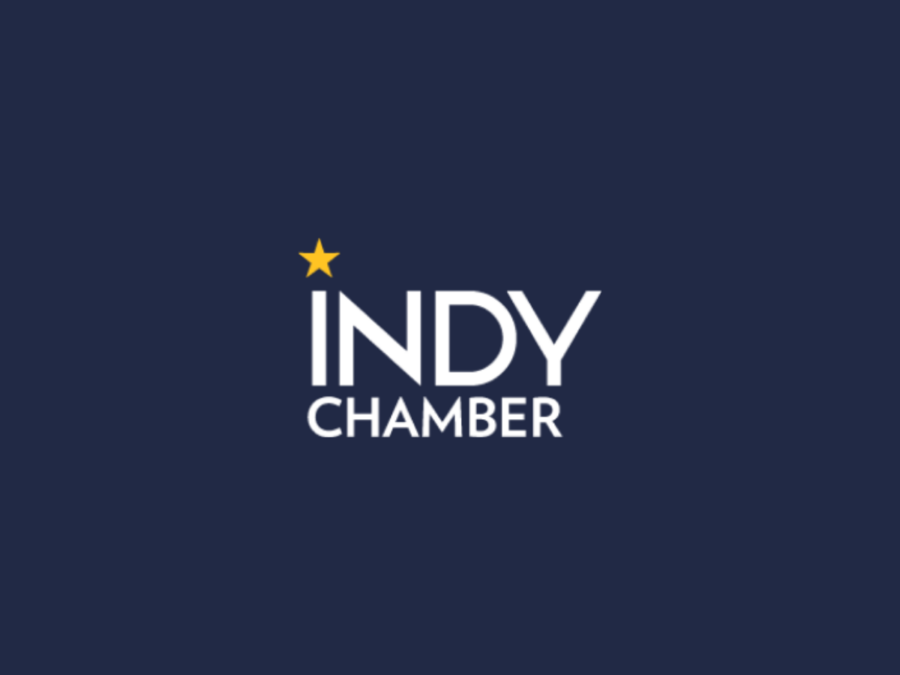Indy Chamber News Archives
Indy Chamber urges IEDC to help state’s largest region compete for talent & jobs, reverse population decline
INDIANAPOLIS (August18, 2015) – The newly-organized Central Indiana Regional Development Authority (RDA) will submit projects for funding consideration by Indiana’s Regional Cities initiative. During its first meeting Tuesday, the Indy RDA endorsed the Red Line rapid transit route, the 16 Tech innovation district, and accelerated expansion of the region’s trail and bikeway network as transformative investments in livability and economic growth.
Regional Cities challenges Indiana’s metropolitan areas to enhance their quality of life appeal to skilled workers and talent-focused employers, to reverse the state’s declining workforce trends. The Indianapolis region accounts for 70 percent of the state’s recent population gains, but faces major hurdles to continued growth.
“Indianapolis is Indiana’s biggest region, but that means big challenges, too,” said Bill Sheldrake, president of Indianapolis-based Policy Analytics LLC and an RDA appointment of Mayor Greg Ballard. “We’re home to several of the state’s fastest-growing cities, but also rising poverty and falling incomes. Indiana can’t succeed if its largest economy falters, and we’ve proposed an agenda that will attract new talent, investment and high-value business opportunities.”
Transit and trails are assets that serve the current population and help attract new residents, especially the skilled workforce that is increasingly drawn to walkable neighborhoods in urban areas. The 16 Tech district, located northwest of IUPUI, is a multi-industry live/work development that will encourage high-tech growth and research and development activity, with the Indiana Bioscience Research Center as its anchor tenant.
The RDA unanimously ratified this agenda, based on a year-long planning process led by the Indy Chamber that sought input from thousands of corporate and civic leaders, elected officials and residents. Priorities had already earned the support of the Central Indiana Council of Elected Officials, made up of the region’s mayors and town council presidents.
“We have a strong consensus to tackle mass transit as a major competitive disadvantage versus other urban regions,” said Chris Pryor, RDA member from Carmel, and an executive with the Metropolitan Indianapolis Board of REALTORS®. “We’re building innovation infrastructure for the life sciences and our other high-tech industries, and we’ve seen first-hand the importance of trails and bikeways – property values have risen significantly along the Monon and Cultural Trails, as people want to live, work and play close to these amenities.”
The Red Line offers significant transit-oriented development potential in the urban neighborhoods of Indianapolis; according to an analysis by City Observatory, areas within three miles of Monument Circle are already seeing an influx of college-educated 25-34 year-olds at twice the rate of the metro overall. But suburban leaders say the value of the Regional Cities projects will be felt across the area and statewide.
“The Grand Park development is a landmark investment for Westfield, already hosting major events and generating economic impact,” said Westfield Mayor Andy Cook. “We moved quickly to connect the Monon Trail; the Red Line and an expanded trail system align with our strategy to improve connectivity for the whole region. We’ll be in a much better position to attract visitors and recruit residents and businesses.”
The Indy Chamber was a strong legislative advocate for Regional Cities, and president & CEO Michael Huber noted that Indianapolis is unique in its ability to capitalize on the inescapable migration of talent and investment to metropolitan America. The nation’s fifty largest regions (roughly a million or more in population) are now home to two-thirds of its college-educated 25-34 year-olds, two-thirds of U.S. science, technology and engineering workers, and the majority of GDP.
“Indianapolis has the potential to shift the state’s trajectory in talent and knowledge-based economic development,” he said. “But there’s no room for complacency about Indy’s future – if we do not continue to move forward with urgency, we risk losing ground to our peer regions across the US in population growth, economic output and exports, along with the education and income of our workforce. The case for Indianapolis is transformative change versus marginal improvement.”
The Central Indiana RDA is made up of appointments by regional mayors and fiscal bodies; its members are Bill Sheldrake and Tavonna Harris Askew (Indianapolis), Chris Pryor (Carmel), Keith Lauter (Greenwood) and Jack Russell (Westfield). With its vote to approve the Regional Development Plan, the RDA will forward a detailed proposal to the Indiana Economic Development Corporation by August 31.
To read the full Central Indiana Regional Development Plan, click here.
About Indy Chamber
The Indy Chamber is the voice of progress and improvement for the Indianapolis region’sbusiness community. With membership of nearly 2,300 businesses representing 230,000 employees in the Indianapolis region, the Indy Chamber is leading the effort to strengthen the business climate, improve the state of education, revitalize neighborhoods and enhance the region’s workforce. For more information about the Indy Chamber, visit IndyChamber.com.
Media Contacts:
Jessica Higdon, Indy Chamber, 317.464.2232, [email protected]
Chris Watts, CVR Public Relations, 317.514.3184, [email protected]



